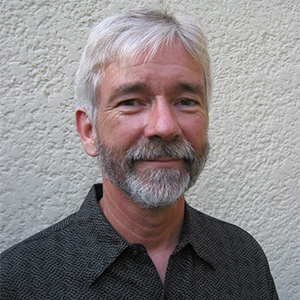
Terence G Young
Professor Emeritus of Geography
Geography and Anthropology, College of Letters, Arts, and Social Sciences
Phone number
909.869.3569
Office location
Office hours
M T W TH F | BY APPOINTMENT

Professor Emeritus of Geography
Geography and Anthropology, College of Letters, Arts, and Social Sciences
909.869.3569
M T W TH F | BY APPOINTMENT